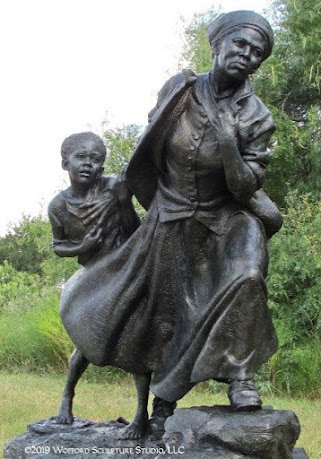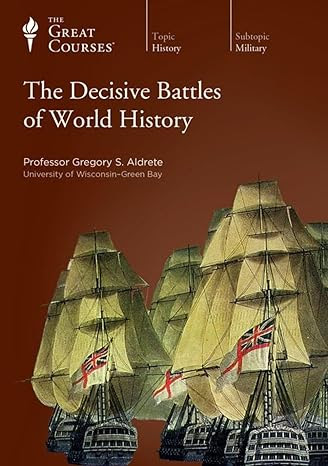WEST from APPOMATTOX: THE RECONSTRUCTION of AMERICA after the CIVIL WAR (kindle) by Heather Cox Richardson

Published in 2007. Heather Cox Richardson is a historian I have only recently discovered because of her prolific social media presence that she developed while under Covid lockdown. She writes a daily news summary of a few paragraphs with a view towards how these events match up with historical events or trends. Plus, she takes questions from people and develops a one hour daily online lecture. They are interesting, sometimes rambling little presentations and this book shares a lot of the same features. Teddy Roosevelt (center with glasses) and the Rough Riders in the Spanish-American War Richardson is looking at the time right after the Civil War in American History. In the history books, Reconstruction, the Old West, the Gilded Age and the Spanish-American War are all treated a separate things. Combining all of these typical divisions of American history into one book makes for a more comprehensive study of the time period. Traditionally, they are studied separately - in a typic

















